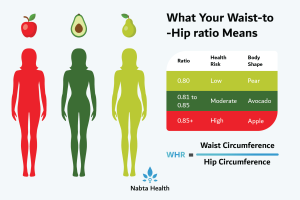What is the Flu?

Influenza, commonly referred to as the flu, is a highly contagious respiratory illness. The illness is caused by a virus and is most common during the autumn and winter months. Every year, thousands of children are affected by influenza, especially kids who are exposed to group situations like daycare and preschool. The flu can result in serious complications. According to the Centers for Disease Control and Prevention (CDC), children younger than 2 years old are the most likely to experience flu-related complications.
While there are tests available to aid doctors in the diagnosis of influenza, they are often unnecessary. In most cases, flu can be diagnosed if your child has the following symptoms:
- Headache
- Fatigue
- Fever
- Vomiting
- Diarrhoea
- Body aches
- Runny or stuffy nose
- Cough
Children under the age of 5 are at the highest risk for developing influenza complications. Children under the age of 2, as well as children with chronic health problems such as asthma, diabetes, heart disease, or conditions that affect the nervous system or brain, are particularly at risk. To prevent your toddler from suffering flu-related complications, you should contact your his or her doctor immediately if they have any of the characteristic symptoms.
Influenza treatment for toddlers
The first step to deal with flu season is to take preventive measures before the season even starts. The flu vaccine is recommended for all children over the age of 6 months. Ask your paediatrician about the flu vaccine at the beginning of the flu season.
Antiviral drugs are the primary treatment option for toddlers diagnosed with the flu. These types of drugs prevent the flu virus from multiplying, and they are considered a safe and effective treatment option. However, just because your child is diagnosed with the flu does not mean he or she needs medication. If your child develops the flu, your child’s pediatrician may not automatically prescribe an antiviral medication. According to the CDC and the American Academy of Pediatrics (AAP), only certain children meet criteria for treatment. These criteria include the following:
- Children younger than age 5 (or especially under the age of 2)
- Children who are severely ill, including hospitalized children
- Children who suffer from chronic medical problems
Talk to your child’s doctor to determine if an antiviral medication is right for your child. If an antiviral medication is prescribed, know that these medications work best in treating flu when they are administered early in the development of symptoms, preferably within two days. The medications work by improving symptoms and shortening the duration of the illness. Treatment with antiviral drugs typically lasts for five days.
Reviewed by Dr. Kristie Rivers, November 2018
Sources:
- Centers for Disease Control and Prevention, Children and Antiviral Drugs.
- Centers for Disease Control and Prevention, Children, the Flu and the Flu Vaccine.
- Johns Hopkins Medicine. Influenza in Children.
Powered by Bundoo®










